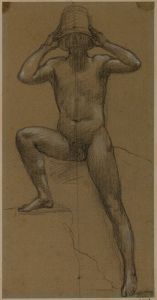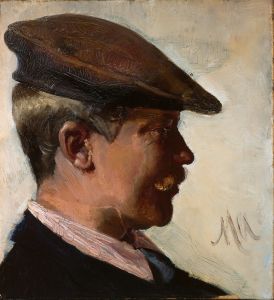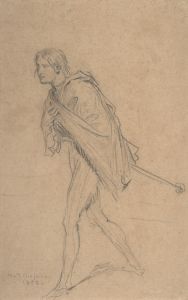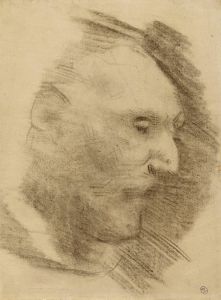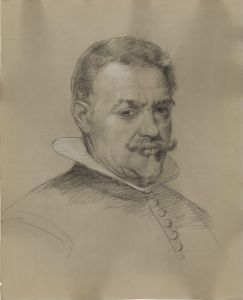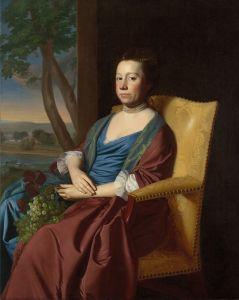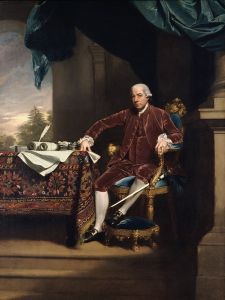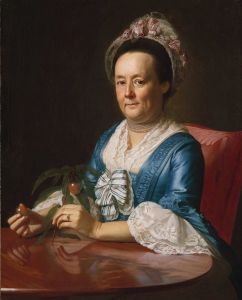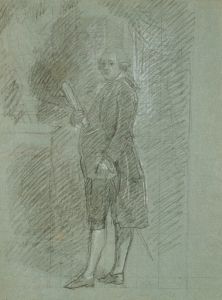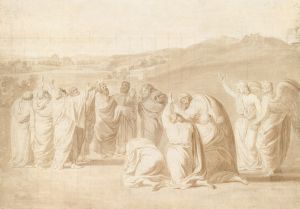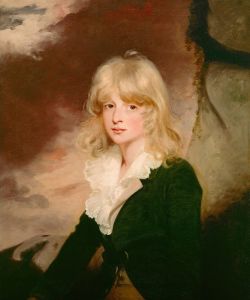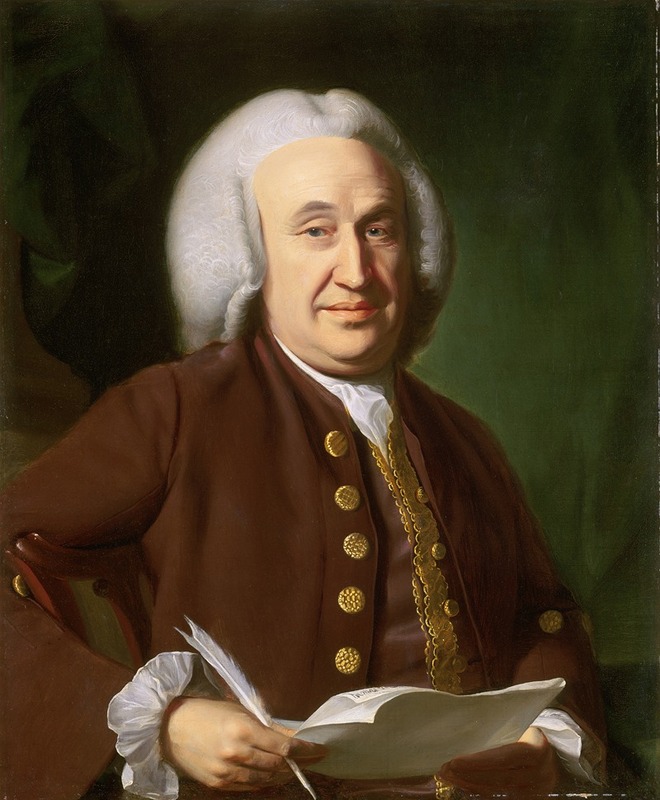
Harrison Gray
A hand-painted replica of John Singleton Copley’s masterpiece Harrison Gray, meticulously crafted by professional artists to capture the true essence of the original. Each piece is created with museum-quality canvas and rare mineral pigments, carefully painted by experienced artists with delicate brushstrokes and rich, layered colors to perfectly recreate the texture of the original artwork. Unlike machine-printed reproductions, this hand-painted version brings the painting to life, infused with the artist’s emotions and skill in every stroke. Whether for personal collection or home decoration, it instantly elevates the artistic atmosphere of any space.
John Singleton Copley was a prominent American painter known for his portraits of important figures in colonial New England. One of his notable works is the portrait of Harrison Gray. Copley, born in 1738 in Boston, Massachusetts, was a self-taught artist who became one of the most influential painters in America before the Revolutionary War. His works are celebrated for their realistic detail and the insightful portrayal of his subjects.
Harrison Gray was a significant figure in colonial Massachusetts, serving as the Treasurer and Receiver-General of the Province of Massachusetts Bay. He was a loyalist during the American Revolution, which eventually led to his financial ruin and exile. Gray's portrait by Copley is a testament to his status and influence in colonial society before the upheaval of the Revolution.
The portrait of Harrison Gray is believed to have been painted around 1760, during a period when Copley was establishing himself as the leading portraitist in Boston. Copley's portraits are characterized by their meticulous attention to detail, capturing not only the physical likeness of the subject but also conveying a sense of their personality and social standing. In the portrait of Gray, Copley employs his signature style, using a realistic approach that highlights the textures of the fabrics and the subtle play of light and shadow.
Copley's ability to depict the material wealth and social status of his sitters is evident in the portrait of Harrison Gray. The painting likely features Gray in formal attire, indicative of his position and wealth. Copley's use of color and composition would have been designed to emphasize Gray's importance and dignity, a common practice in portraiture of the time to reflect the subject's social and economic status.
The portrait of Harrison Gray, like many of Copley's works, serves as a historical document, providing insight into the fashion, culture, and social hierarchies of colonial America. Copley's portraits are valued not only for their artistic merit but also for their contribution to the historical record, offering a glimpse into the lives of influential figures of the period.
Copley's career in America was marked by his ability to capture the likenesses of prominent individuals, which earned him a reputation as the preeminent portraitist of his time. However, as tensions rose leading to the American Revolution, Copley moved to England in 1774, where he continued his successful career, adapting his style to the tastes of the British art scene.
The portrait of Harrison Gray remains an important piece within Copley's body of work, reflecting both the artist's skill and the historical context of colonial America. It is a representation of the complex social and political landscape of the time, capturing the image of a man whose life was deeply intertwined with the events leading up to the American Revolution.





